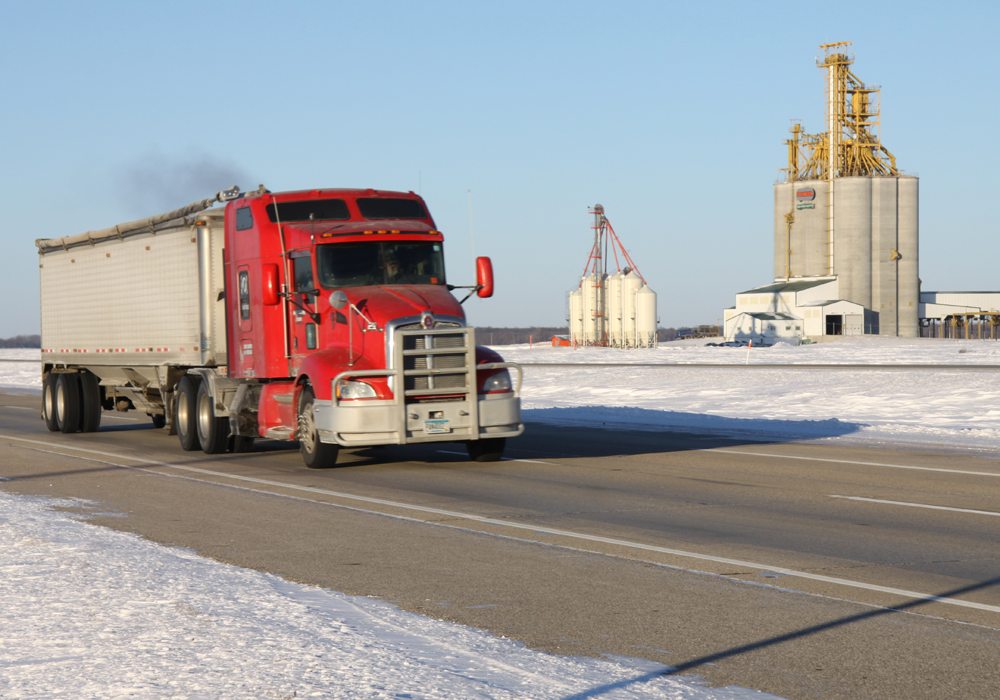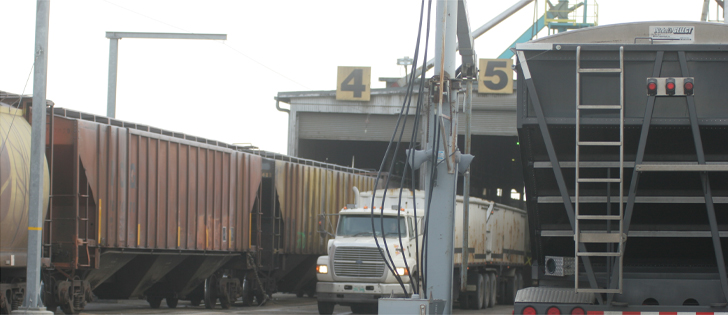Record shipments to West Coast | Deliveries hustle through system after months of delay
The stubborn clog that was plugging Western Canada’s grain export pipeline last winter has finally been flushed through the system.
Millions of tonnes of western Canadian grain that were stuck on prairie farms for most of the winter are now flowing steadily through export terminals at Thunder Bay, Vancouver and Prince Rupert.
On the West Coast, record grain movement over the past month has pushed year-to-date shipments received at terminals ahead of last year’s pace — a remarkable turn-around given the languid pace of deliveries during much of the winter.
Read Also

Farming Smarter receives financial boost from Alberta government for potato research
Farming Smarter near Lethbridge got a boost to its research equipment, thanks to the Alberta government’s increase in funding for research associations.
As of late May, West Coast terminal receipts of wheat, durum, oats, barley, flax, canola and peas stood at nearly 18.4 million tonnes, up six percent from the same period in 2012-13.
Grain movement has also picked up through the Port of Thunder Bay, Ont.
Officials at Thunder Bay announced that May 2014 was the port’s busiest month since the late 1990s.
Thunder Bay moved more than 1.5 million tonnes of cargo last month, including more than 1.3 million tonnes of grain.
Last year, Thunder Bay’s total grain shipments during the month of May barely surpassed 700,000 tonnes.
Tim Heney, chief executive officer with the Thunder Bay Port Authority, attributed the increased handlings in May to large grain stocks from prairie farms and to government measures aimed at increasing shipments of grain.
“I think a lot of this has to do with the government mandating railroads to move a minimum amount of grain,” Heney said.
“Thunder Bay is an easy place to do that because of the capacity we have and the fast car turn-around times.”
The strong pace witnessed last month is likely to continue throughout the summer, he added.
Last year, Thunder Bay’s total annual grain handlings were about 5.5 million tonnes.
This year, Heney is anticipating year-end totals of seven million tonnes or more.
Although service varies from area to area, Canada’s major railway companies, in general, have responded well to the challenge of moving last year’s bumper harvest.
On the West Coast, the pace of Western Canadian wheat shipments has improved significantly with the onset of warmer weather.
Deliveries of western Canadian wheat — excluding durum — to export terminals in Vancouver and Prince Rupert stood at 8.6 million tonnes in the crop year to May 25, about eight percent more than the same time last year.
Three months ago, in late February, wheat deliveries to West Coast ports were more than seven percent behind last year’s pace.
Barley and canola deliveries to West Coast terminals are also ahead of last year.
Durum and peas are the only major Western Canadian crops with lower terminal deliveries volumes than last year.
Between early August 2013 and late May 2014, about 2.4 million tonnes of Western Canadian durum were delivered to export terminals at Vancouver, Prince Rupert, Thunder Bay and Churchill.
During the same period last year, durum deliveries to export position exceeded 2.9 million tonnes.
Federal agriculture minister Gerry Ritz said measures taken by Ottawa to ensure better grain movement are having the intended effect.
The recent passage of Bill C-30 ensures that a minimum volume of one million tonnes of grain is moved each week until the end of this crop year, he added.
“The latest figures show that our government’s efforts to get grain moving are working,” Ritz said.


















